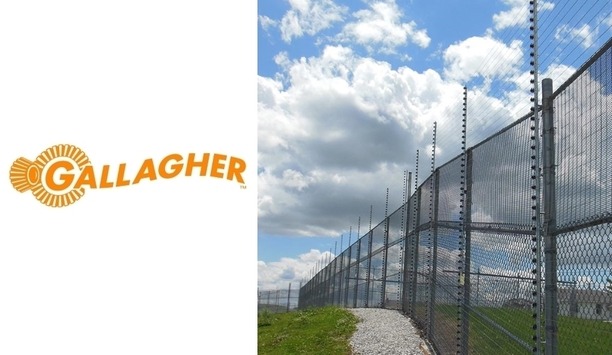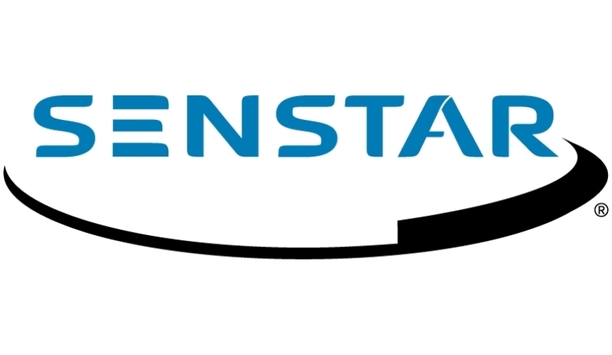Christchurch International Airport is situated on the east coast of New Zealand and receives around six million passengers and 70,000 commercial flights per year. The airport is the main gateway for New Zealand’s South Island and is a busy hub for passenger and freight movement.
In a legislation-driven airport environment, the airport is regulated by a number of Civil Aviation mandates and rules, which include the requirement to control and monitor all access to restricted landside and airside areas.
In selecting Gallagher for the airport’s security solution, the airport company, Christchurch International Airport Limited (CIAL), found a vastly flexible system capable of withstanding extreme conditions when put to the test in a real-life emergency.
flexible security system
CIAL took the opportunity to review its security systems and look for new solutions that afforded greater flexibilityOriginally opened in 1959, the airport terminal has undergone a number of expansions and upgrades over time. With passenger numbers continuing to grow, a new $237 million terminal was designed and construction began in 2009.
As a part of the new terminal design, CIAL took the opportunity to review its security systems and look for new and innovative solutions that afforded greater system flexibility. The airport’s previous security system was both analog and digital and presented limitations on what a non-technical staff member could do within the system.
“To make changes, for example, add a door to the access control system, we had to get specialists in,” said Ford Robertston, the airport’s Manager of Quality and Security. “Ultimately, our wish list included a system our own staff could configure, hardware that overcame the reliability issues we faced with cards not reading, as well as an open platform with a high degree of flexibility and reporting capabilities.”
Monitored electric fencing
The site’s perimeter security incorporates five vehicle auto-gates which allow authorized vehicles access to the airfieldOn the exterior, Gallagher’s perimeter security system provides monitored electric fencing for a small section of Christchurch Airport’s 16km fence line – which protects more than 300 hectares of land. The site’s perimeter security incorporates five vehicle auto-gates which allow authorized vehicles access to the airfield. When drivers badge their access card at an auto gate, a photo of the cardholder appears on the operator’s screen, along with competency information.
If the driver’s Civil Aviation ID, airside driving permit or another competency is due to expire, the operator is notified on screen and can advise the driver. The main auto-gate is manned 24 hours a day, seven days a week. If someone requests access at an unmanned auto-gate, their photo and competencies are channelled to the operator at the main auto-gate, reducing after hours staff and running costs.
Gallagher security management platform
Christchurch Airport is a multi-tenant site where several core organizations operate. A number of these organizations – including the national carrier, Air New Zealand – operate independent Gallagher security management platforms.
This customization provided the ability to move seamlessly between domestic and international airport operationsCardholder information can be enrolled between these platforms, enabling employees from each organization to access multiple areas of the airport using a single access card. The multi-tenant functionality creates a flexible system that reduces the costs associated with issuing and managing multiple cards.
As a domestic and international airport, CIAL, Gallagher and security partner ECL Group, together developed a customization that would enable CIAL staff to manage airbridge configuration via the security management platform. This customization provided the ability to move seamlessly between domestic and international airport operations.
Airbridges and access controlled doors
Using 14 fully-automated and motorized airbridges and access controlled doors, airport staff use workstations to configure the system and easily transition the airport from domestic to international operations – ensuring passengers are directed to secure zones including customs and immigration when appropriate.
All doors are operated with an access card and once an area of the airport has been ‘sealed’ for security (for example, an international departure lounge), access to these areas is automatically denied and they become accessible only via a security clearance entryway.



















